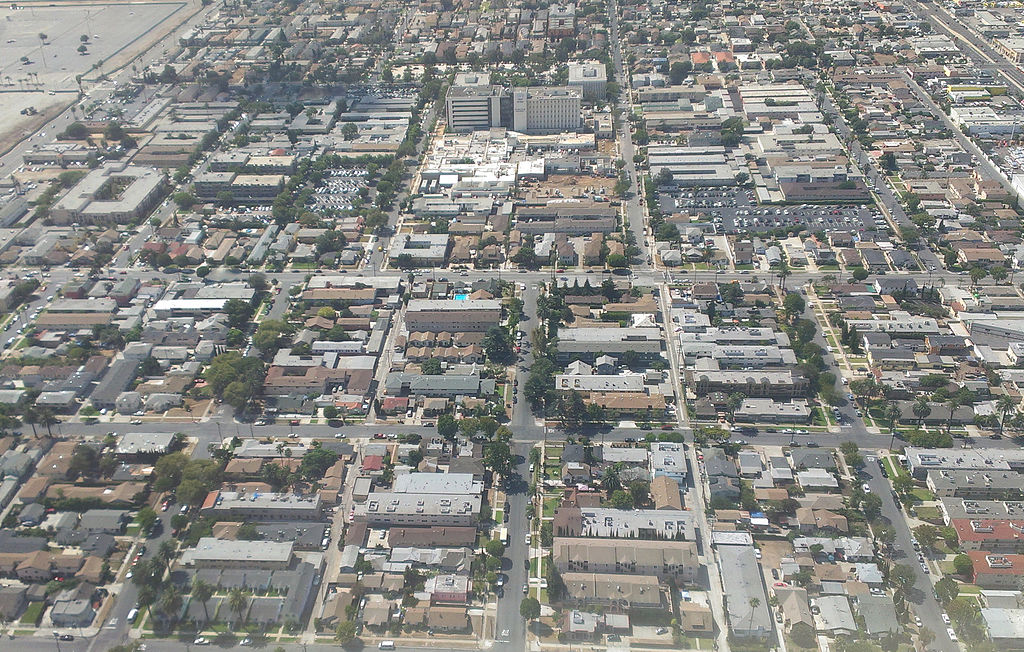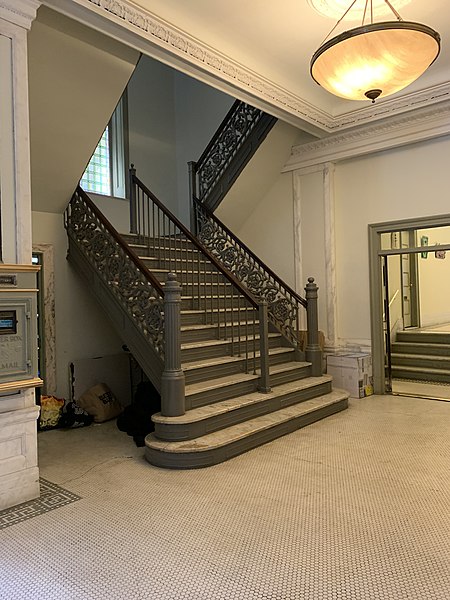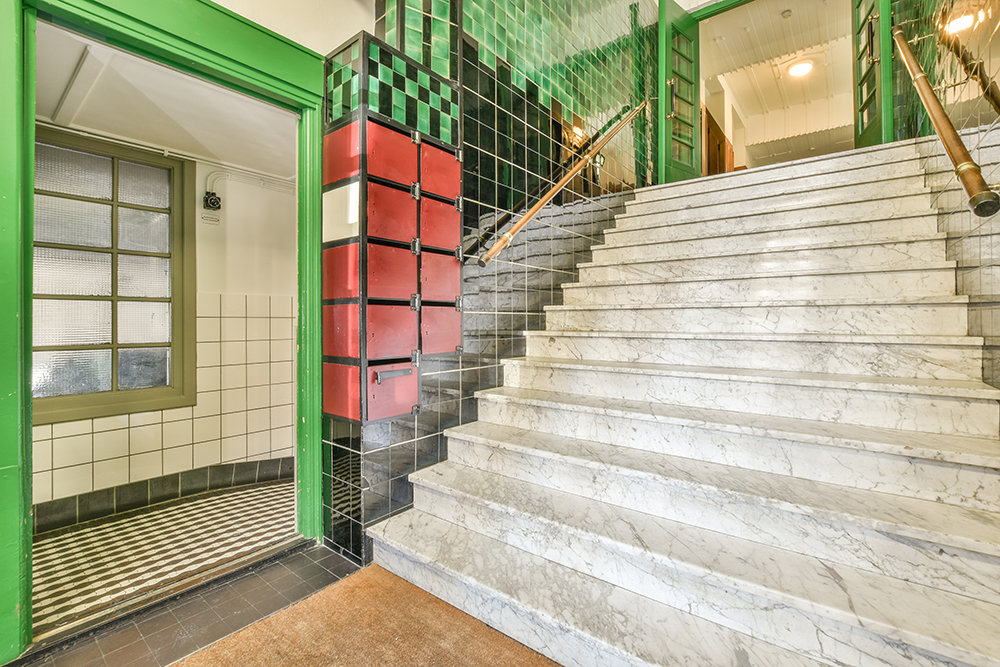Despite the housing shortage in California (and beyond), stringent restrictions in building codes continue to stifle investment in multi-family housing. But a new proposal brought before the Los Angeles City Council could provide relief by re-assessing modern construction guidelines. Lawmakers are asking the city to reconsider the way we think about single-staircase buildings. Could changes to the Los Angeles building code be on the horizon?
Is the Los Angeles Building Code Outdated?

Throughout the 1900s, growing safety concerns, particularly those involving fire risks, led to lawmakers establishing tighter regulations. Among these was a requirement that buildings exceeding three stories provide multiple staircases. In the event of a fire, residents could now double or triple their escape options. But these additional staircases didn’t just cost money to build. They sacrificed living space. Single-staircase buildings didn’t have this problem. They didn’t require lengthy, space-consuming corridors that displaced apartments to connect multiple stairwells.
At that time in the evolution of construction, such safety features were practically essential. But a lot has changed since those days. And with a modern understanding of safety and design, the multi-staircase building has started to hurt more than it helps. This is especially true in Los Angeles where a mere 14% of the city’s current rental inventory provides units with three or more bedrooms, pushing many families out of the city. Yet, the Los Angeles building code remains rigidly fixed on this safety model.
The Potential Return of Single-Staircase Buildings
Now, lawmakers are proposing an amendment to the Los Angeles building code to promote building new construction while possibly renovating older structures with single-staircase buildings in mind, thus affording more living space. This amendment would specifically apply to mid-sized multifamily buildings between four and six stories in height. The 4th District’s Nithya Raman is one of the more prominent co-authors of the motion. As the acting chair of the city’s Housing Committee, Raman has promoted the proposal as an initiative that demands little effort but could provide disproportionately beneficial results.
Multi-Staircase Buildings Are an American Phenomenon

Advances in construction design and technology over the decades mean that multiple staircases may not offer the safety advantage they once did. These days, we rely more on fire-resistant building materials and comprehensive sprinkler systems. And if it feels like these are being floated as corner-cutting solutions, one need only look around at the rest of the world. Single-staircase buildings abound in cities across the globe. They’re just not that common in the United States.
At present, the only major U.S. cities that allow the construction of single-staircase buildings in structures between four and six stories are New York, Seattle, and Honolulu. Researchers from the Pew Charitable Trust took a closer look at fire safety in New York as it pertains to these single-staircase buildings. They found that between the years 2012 and 2024, the difference between fire-related deaths in single-staircase buildings with modern safety features versus in other metropolitan buildings was negligible.
The same study confirmed the financial burden of buildings with multiple staircases. Findings showed that four-to-six-story buildings erected on lots with strictly limited space surged in cost by an additional 6 to 13 percent when another staircase was added. This is obviously a major deterrent to developers, even in a market so desperate for additional housing units. It’s also prioritized a business model in which major-scale projects far outpace mid- to small-scale housing developments, leaving little room for new investors.
Precedent for Reassessing Single-Staircase Buildings

The idea of amending the Los Angeles building code to return focus to single-staircase buildings may seem innovative. But several cities have already been exploring the option. Similar proposals have been floated in San Francisco, San Diego, and Austin, Texas. The major California cities mulling over single-staircase reform were encouraged by the passage of California Assembly Bill 835; a 2023 law demanding that California fire marshals reassess standing laws on single-staircase buildings exceeding three stories. Per the stipulations of the bill, findings are due by January 1, 2026.
The Next Steps for Changing the Los Angeles Building Code
In Los Angeles, the proposed single-staircase building reassessment is still in its earliest stages with the motion formally introduced on Wednesday, March 5. From here, the bill will need to be submitted for votes at both the committee and council levels. If it passes these hurdles, a slew of committees will be tasked with completing a report on potential changes to the standing building code for single-staircase buildings between four to six stories. These committees include the Planning Department, Fire Department, and Building and Safety Department. When (and if) the motion passes, these committees will have 90 days to present their findings.

Comments
Post a Comment